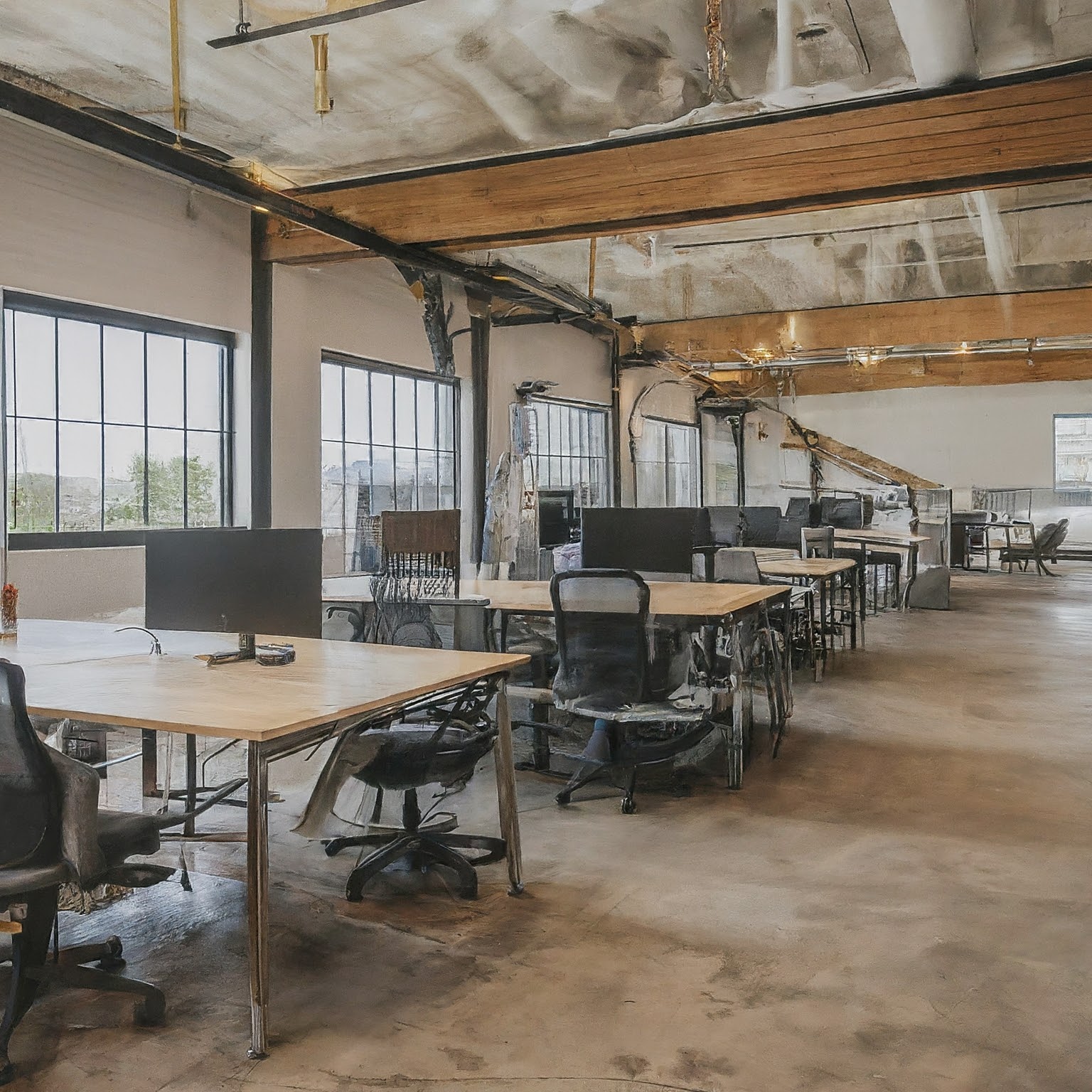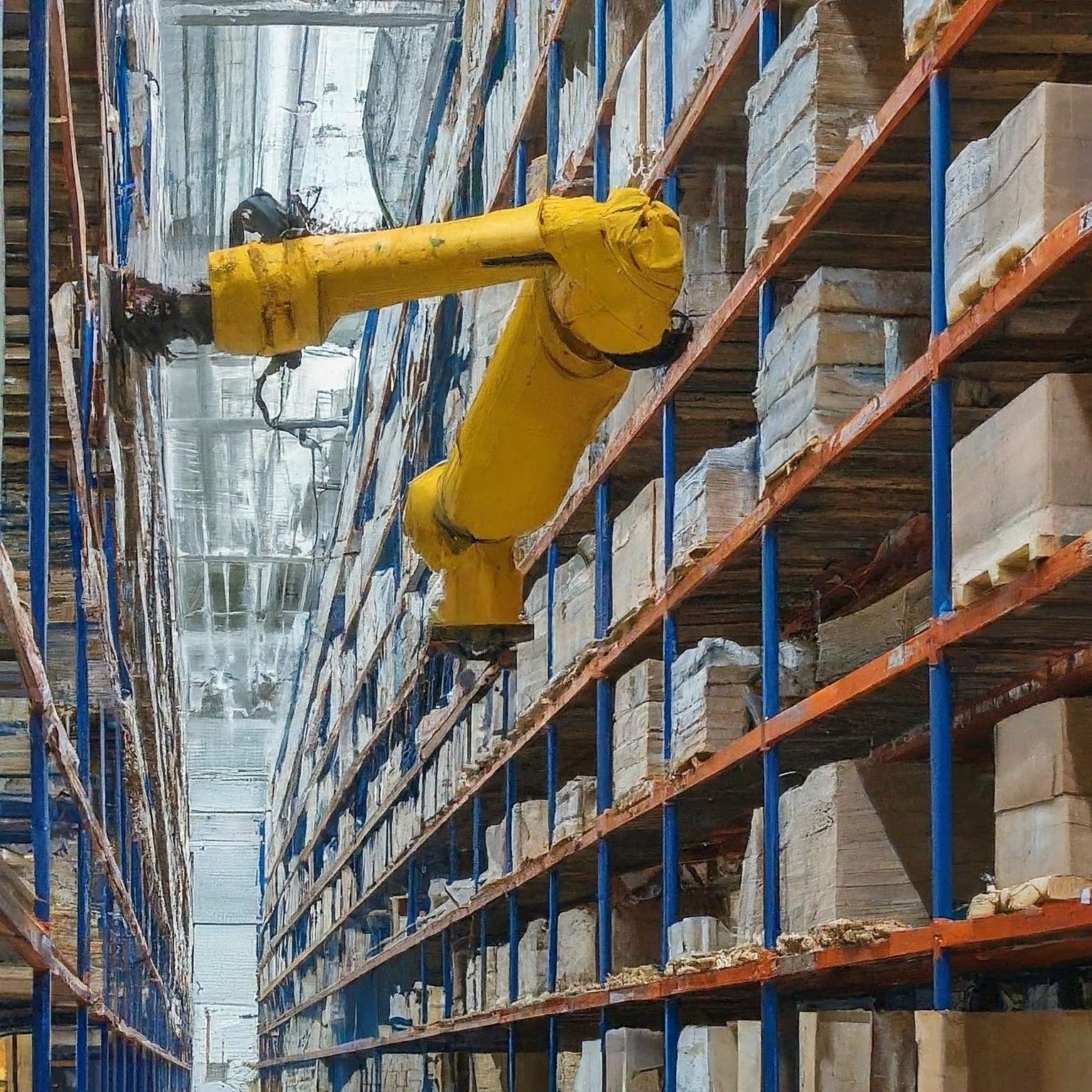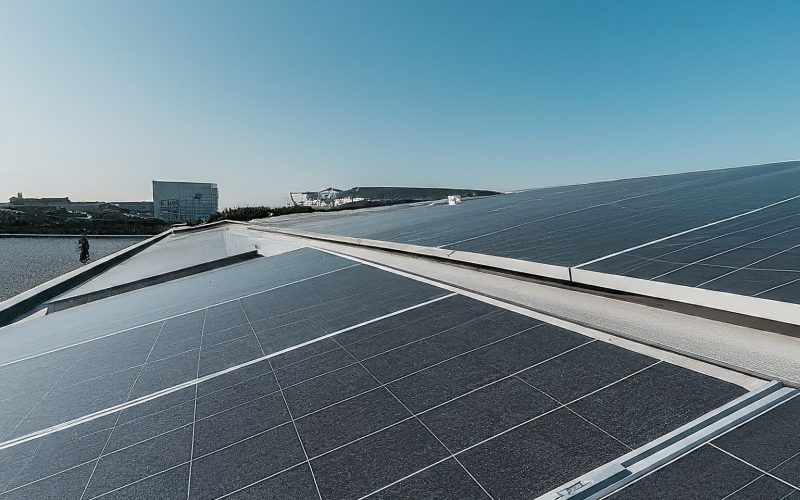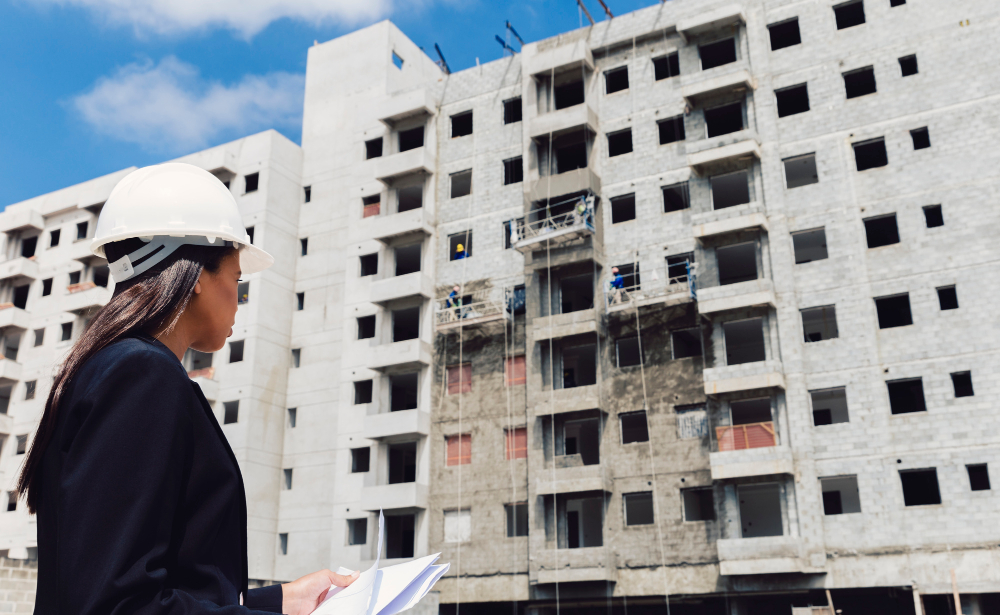About the Author:
Sarah Jones is a seasoned professional with over 15 years of experience in the commercial real estate sector. Specializing in industrial properties, Sarah has a keen eye for emerging trends and a proven track record of success in property development and management. In this article, she dives into the exciting transformation of industrial space, offering valuable insights for developers and property managers.
Beyond Storage: The Evolution of Industrial Space
The industrial real estate landscape is undergoing a metamorphosis. Gone are the days of sterile, single-purpose warehouses. Today’s industrial space is morphing into a dynamic ecosystem that caters to the ever-growing demands of modern businesses. Fueled by the e-commerce boom and advancements in logistics, industrial properties are now strategically designed to optimize efficiency, foster collaboration, and prioritize sustainability.
From Warehouses to Distribution Hubs: The Rise of E-commerce
The surge in online shopping has fundamentally reshaped the role of industrial space. With faster delivery times becoming a critical differentiator for businesses, there’s a growing need for efficient distribution centers. These hubs, strategically located near major transportation routes and population centers, are no longer just for bulk storage. They are equipped for order fulfillment, packaging, and last-mile delivery, acting as crucial links in the e-commerce supply chain.
According to a report by CBRE, a leading commercial real estate services and investment firm, the demand for warehouse space within close proximity to consumers is at an all-time high. This trend is expected to continue as e-commerce sales penetration keeps rising.

Logistics Redefined: Automation and Efficiency Take Center Stage
The rise of automation is revolutionizing industrial space. Warehouse robots, automated storage and retrieval systems (AS/RS), and advanced inventory management software are streamlining operations and enhancing efficiency. These technological advancements allow for faster picking and packing times, improved accuracy, and reduced labor costs, giving businesses a significant competitive edge.
A study by McKinsey & Company, a global management consulting firm, found that automation technologies can increase productivity in warehouses by up to 40%. This translates to faster order fulfillment, reduced operational costs, and a stronger bottom line for businesses.
Location, Location, Location: The Strategic Importance of Connectivity
In today’s fast-paced business environment, location is paramount. Industrial properties situated near major highways, airports, and intermodal facilities are in high demand. This strategic positioning ensures seamless connectivity and facilitates the efficient flow of goods, minimizing transportation costs and delivery times.
For instance, a distribution center located near a major highway can expedite the movement of goods to and from the facility, ensuring timely deliveries to customers. Similarly, proximity to an airport allows businesses to leverage air cargo for faster long-distance transportation.

Amenity-Rich Facilities: Fostering Collaboration and Innovation
Modern industrial spaces are no longer solely focused on functionality. Developers are recognizing the value of creating amenity-rich environments that promote collaboration and innovation. On-site features like co-working spaces, conference rooms, and even fitness centers can attract top talent and foster a sense of community within the facility.
According to a survey by Deloitte, a multinational professional services network, 72% of millennials value collaboration spaces in their workplaces. By incorporating these amenities, industrial developers can create a more attractive environment for businesses seeking to attract and retain a skilled workforce.
Sustainable Solutions: Green Building Practices Gain Traction
Sustainability is a growing concern for businesses and consumers alike. Industrial developers are increasingly incorporating eco-friendly practices into their designs. Green building materials, energy-efficient lighting systems, and solar panels are not just environmentally responsible choices; they can also lead to significant cost savings on utilities.
The U.S. Green Building Council (USGBC) estimates that Leadership in Energy and Environmental Design (LEED)-certified buildings can use up to 33% less energy and 20% less water compared to traditional buildings. This translates to lower operating costs for businesses and a reduced environmental footprint.
The Future of Industrial Space: Adaptability is Key
The industrial landscape is constantly evolving, and the key to success lies in adaptability. Developers and property managers need to design spaces that are flexible and can be easily reconfigured to meet the changing needs of tenants. This might involve incorporating modular construction techniques, open floor plans, and ample power capacity to accommodate future technological advancements.
For example, a warehouse designed with modular walls can be easily reconfigured to create smaller units or larger storage spaces depending on the tenant’s needs. Similarly, an open floor plan allows for efficient use of space and can be adapted to accommodate different types of equipment and workflows.

Key Considerations for Developers and Property Managers (Informative Table)
| Consideration | Description |
|---|---|
| Target Market | Identify the specific needs of your target tenants (e.g., e-commerce fulfillment centers, light manufacturing companies) |
| Location Strategy | Prioritize proximity to transportation hubs, major roadways, and population centers |
| Logistics Infrastructure | Integrate features that enhance efficiency, such as dock doors, high ceilings, and ample space for automation |
| Technological Integration | Consider incorporating smart building technologies for energy management and security |
| Sustainable Practices | Implement eco-friendly features to attract environmentally |
Competitive Landscape: A Shifting Market
The evolution of industrial space has intensified competition within the market. Here’s a breakdown of the key players and their approaches:
- Traditional Warehouse Owners: These established players are adapting their existing properties to meet the demands of e-commerce and modern logistics. This might involve adding features like dock doors, upgrading electrical systems, and creating designated areas for automation equipment.
- Speculative Developers: These developers construct industrial facilities on speculation, anticipating future demand. They are focusing on strategic locations near transportation hubs and incorporating modern design elements like high ceilings and flexible floor plans.
- E-commerce Giants: Major e-commerce companies are increasingly building their own distribution centers to gain greater control over their supply chains. This trend can create opportunities for partnerships between developers and e-commerce giants, with developers constructing facilities tailored to the specific needs of these companies.
Comparative Analysis of Industrial Space Features (Table):
| Feature | Traditional Warehouse | Modern Industrial Space |
|---|---|---|
| Primary Function | Bulk storage | Distribution, fulfillment, light manufacturing |
| Location | Varied | Near transportation hubs, population centers |
| Logistics Infrastructure | Limited | Dock doors, high ceilings, automation-friendly |
| Technology Integration | Basic | Smart building features, automation systems |
| Amenities | Few or none | Co-working spaces, conference rooms, fitness centers |
| Sustainability | Limited focus | Green building materials, energy-efficient systems |
| Adaptability | Low | Modular design, flexible floor plans |
Strategies for Success in the Evolving Market
Here are some key strategies that developers and property managers can adopt to thrive in the evolving industrial space market:
- Market Research and Targeting: Conduct thorough market research to understand the specific needs of your target tenant base. Whether it’s e-commerce fulfillment centers, light manufacturers, or third-party logistics providers, tailor your offerings to their unique requirements.
- Strategic Location Selection: Prioritize locations that offer excellent connectivity to major highways, airports, and population centers. This will ensure efficient transportation of goods and minimize delivery times for businesses.
- Modern Design and Amenities: Incorporate modern design elements like high ceilings, ample dock doors, and flexible floor plans. Additionally, consider offering amenities like co-working spaces, conference rooms, and on-site security to create a more attractive environment for tenants.
- Embrace Technology: Stay updated on the latest advancements in logistics technology and consider incorporating features like warehouse management systems (WMS) and automation equipment into your facilities.
- Sustainability as a Differentiator: Implement sustainable design practices by incorporating features like energy-efficient lighting, solar panels, and water-saving fixtures. This not only benefits the environment but can also lead to significant cost savings for tenants through lower utility bills.
- Focus on Tenant Retention: Develop strong relationships with your tenants and prioritize their needs. Offer flexible lease terms, provide ongoing maintenance and support, and create a sense of community within your facilities to encourage long-term tenant retention.
Conclusion: Embracing the Change for Long-Term Success
The transformation of industrial space presents exciting opportunities for developers and property managers. By understanding the evolving needs of modern businesses, embracing innovative design strategies, and prioritizing sustainability, developers can create high-demand industrial spaces that will ensure long-term success.










